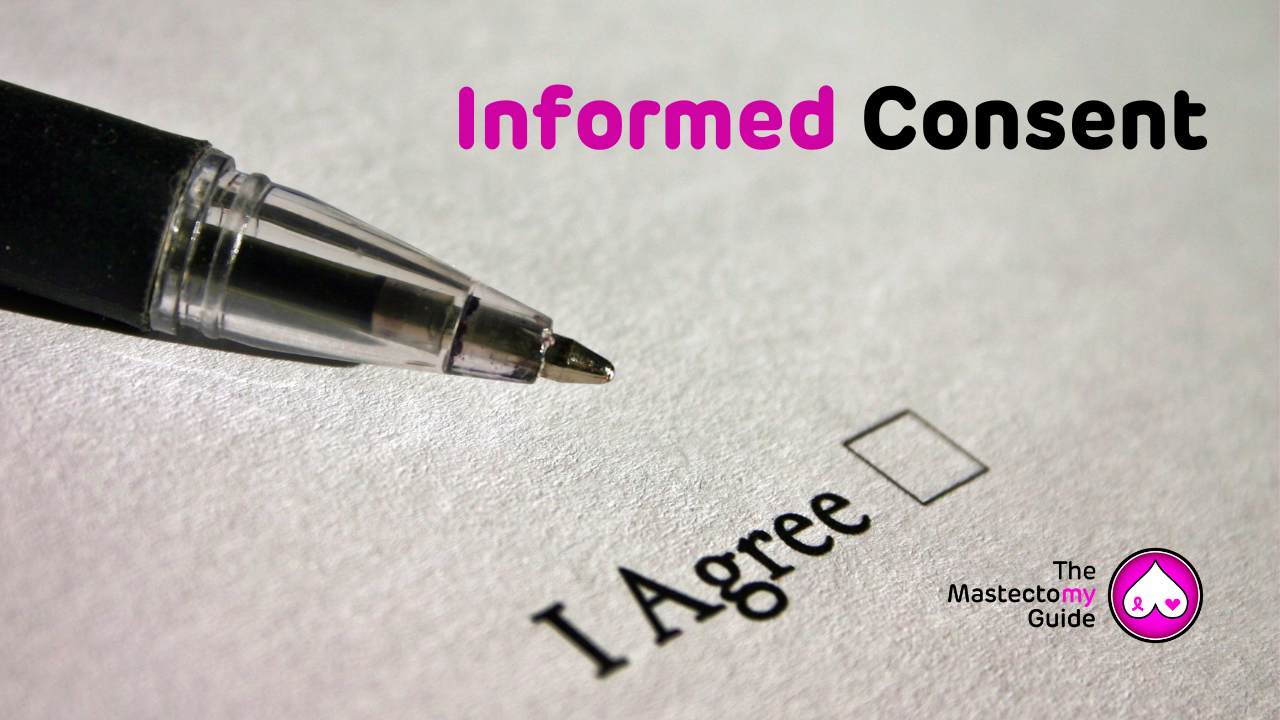
Informed Consent in massage therapy: 1 method you may not have considered
Jan 23, 2023When working with breast and top surgery patients, getting informed consent is critical.
This is so the person knows without a shadow of a doubt what is happening and why, so they’re never caught unawares or surprised that you’re treating their sensitive areas.
Getting informed consent is a multi-step process, most of which has to happen inside your clinic room. There is, however, a way to get the ball rolling before your person even gets inside your room, and it is this:
Name your treatments. Rather than simply saying “60 mins massage therapy”, consider using the terms “breast massage” or “breast surgery” in the title.
For example, in my practice, people can click “Mastectomy & Breast Surgery Massage”. If you don’t want to highlight the surgical side of why patients may seek out breast massage, then consider simply calling it “Therapeutic Breast Massage”.
Why actively choosing is an important part of informed consent in massage therapy
Massage therapy by nature is intimate, and even more so when working on a sensitive part of the body like breasts. Informed consent is all about having your patients understand the full scope of what it means to receive massage therapy treatments.
Actively choosing breast massage when booking is a step towards establishing autonomy and agency for the person, two things absolutely fundamental to ethical therapeutic breast care.
As mentioned above, the standard way of booking massage therapy is by time. People will book at 30, 45, 60 minute treatment (or longer).
This creates no specificity in what body parts they are intending to get treatment on. All it does is mark the length of time you are going to be together in the treatment room.
While this is certainly useful for scheduling and billing purposes, it falls short of creating the first layer of informed consent for treating sensitive areas.
When the patient actively gets to book a treatment that says “breast massage” in the title, then they know that is the focus of the treatment, and they have actively chosen that part of the body to attend to.
This does not negate the other steps towards getting informed consent, there are at least 3 other that are extremely important to implement, but it does start the ball rolling.
Naming your treatments is a step currently under utilized in the massage therapy world, and is very useful for both promoting your clinical focus, and helping the patient choose their preferred area of treatment.
For this and other tips on how to work with breast and top surgery patients, check out our “MG Foundations: Breast Surgery Basics” course at https://www.mastectomyguide.com/mg-foundations-breast-surgery-basics-for-massage-therapists



